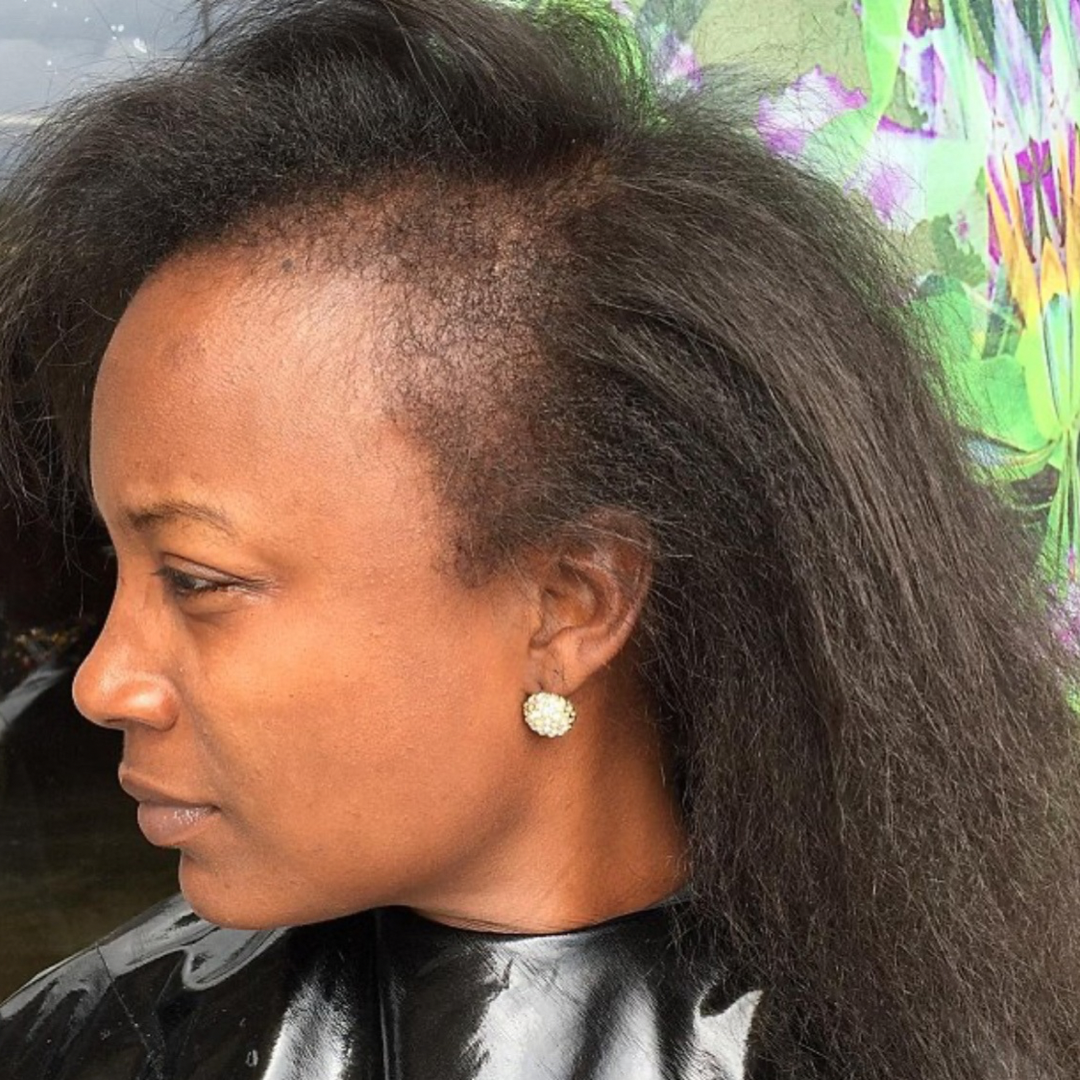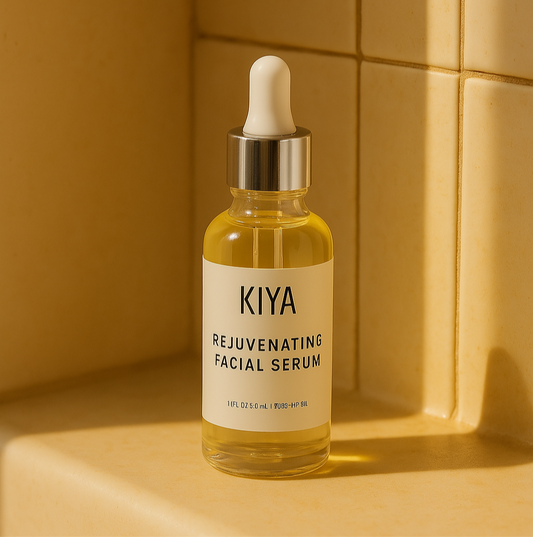
Let’s Talk Traction Alopecia
Hey Beautiful,
Today, we’re delving into the topic of traction alopecia – a common but often overlooked form of hair loss that can affect women of all ages and hair types. Traction alopecia is caused by repeated tension or pulling on the hair follicles, leading to damage and eventual hair loss. By understanding the causes, symptoms, and treatments for traction alopecia, you can take proactive steps towards preserving your hair health and preventing further damage. Let’s explore this important topic together.
1. Causes of Traction Alopecia:
Traction alopecia is typically caused by certain hairstyles or hair practices that put excessive strain on the hair follicles over time. Common causes of traction alopecia include tight ponytails, braids, weaves, extensions, and hair accessories that pull on the hair. Over time, this constant tension can weaken the hair follicles and lead to hair breakage and loss. Other contributing factors may include frequent use of hot tools, chemical treatments, or harsh styling products that further damage the hair and scalp.
Today, we’re delving into the topic of traction alopecia – a common but often overlooked form of hair loss that can affect women of all ages and hair types. Traction alopecia is caused by repeated tension or pulling on the hair follicles, leading to damage and eventual hair loss. By understanding the causes, symptoms, and treatments for traction alopecia, you can take proactive steps towards preserving your hair health and preventing further damage. Let’s explore this important topic together.
1. Causes of Traction Alopecia:
Traction alopecia is typically caused by certain hairstyles or hair practices that put excessive strain on the hair follicles over time. Common causes of traction alopecia include tight ponytails, braids, weaves, extensions, and hair accessories that pull on the hair. Over time, this constant tension can weaken the hair follicles and lead to hair breakage and loss. Other contributing factors may include frequent use of hot tools, chemical treatments, or harsh styling products that further damage the hair and scalp.
2. Symptoms of Traction Alopecia:
The early symptoms of traction alopecia may include hair thinning, hair breakage, or a receding hairline in areas where tension is applied. You may notice small bumps or redness on the scalp, as well as tenderness or pain when touching the affected areas. As traction alopecia progresses, you may experience more noticeable hair loss and bald patches in the affected areas. It’s important to recognise these symptoms early on and take action to prevent further damage to your hair follicles.
3. Treatments for Traction Alopecia:
The first step in treating traction alopecia is to identify and eliminate the cause of tension on the hair follicles. This may involve changing your hairstyle, avoiding tight braids or ponytails, and opting for looser, more gentle hair practices. Giving your hair a break from tight styles and allowing it to rest and recover can help prevent further damage and promote hair regrowth. Using gentle, nourishing hair care products and avoiding heat styling or chemical treatments can also support the health of your hair and scalp.
In more severe cases of traction alopecia, medical interventions such as corticosteroid injections, minoxidil (Rogaine) treatment, or hair transplant surgery may be recommended to stimulate hair regrowth and restore hair density. Consulting with a dermatologist or trichologist can help you determine the best course of treatment for your specific needs and address any underlying issues contributing to traction alopecia.
By understanding the causes, symptoms, and treatments for traction alopecia, you can take proactive steps towards preserving your hair health and preventing further damage. Remember to listen to your hair’s needs, avoid excessive tension or pulling, and prioritise gentle, nourishing hair care practices. Your hair is a reflection of your beauty and individuality, so treat it with care and respect. Here’s to embracing healthy, vibrant hair and empowering yourself with knowledge and awareness. You’ve got this, Beautiful!






1 comment
Very informative, thank you!